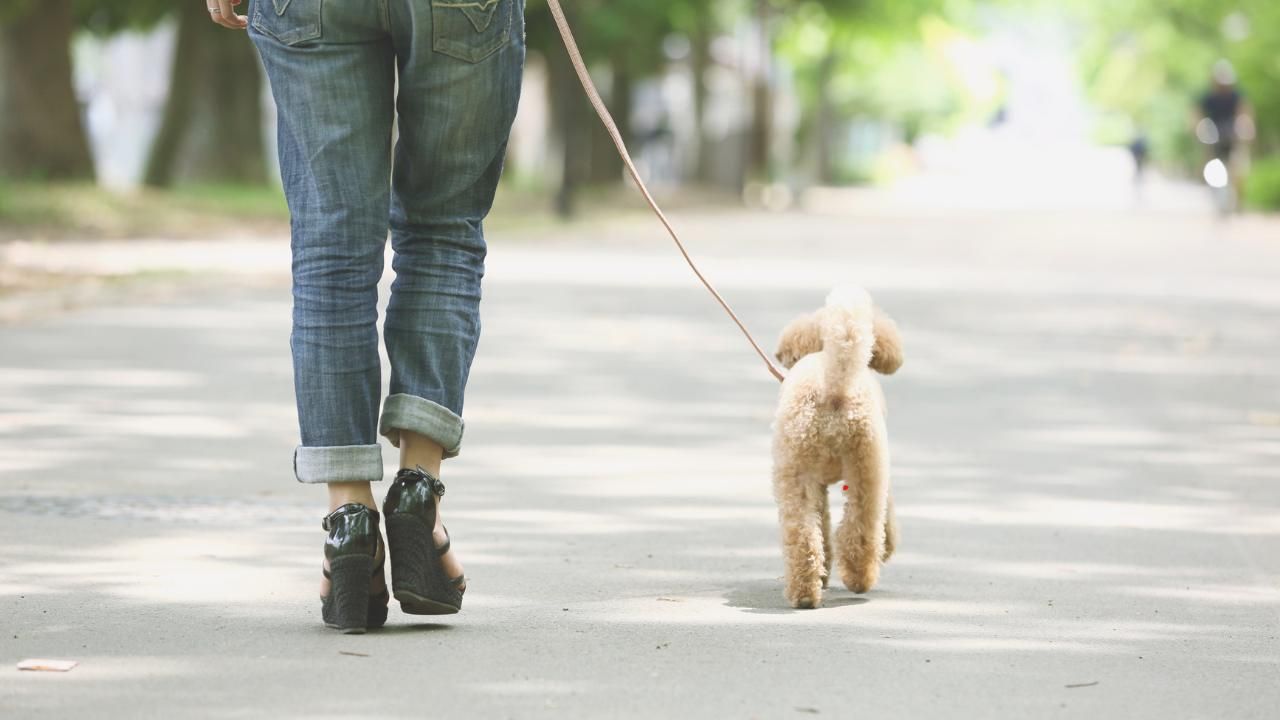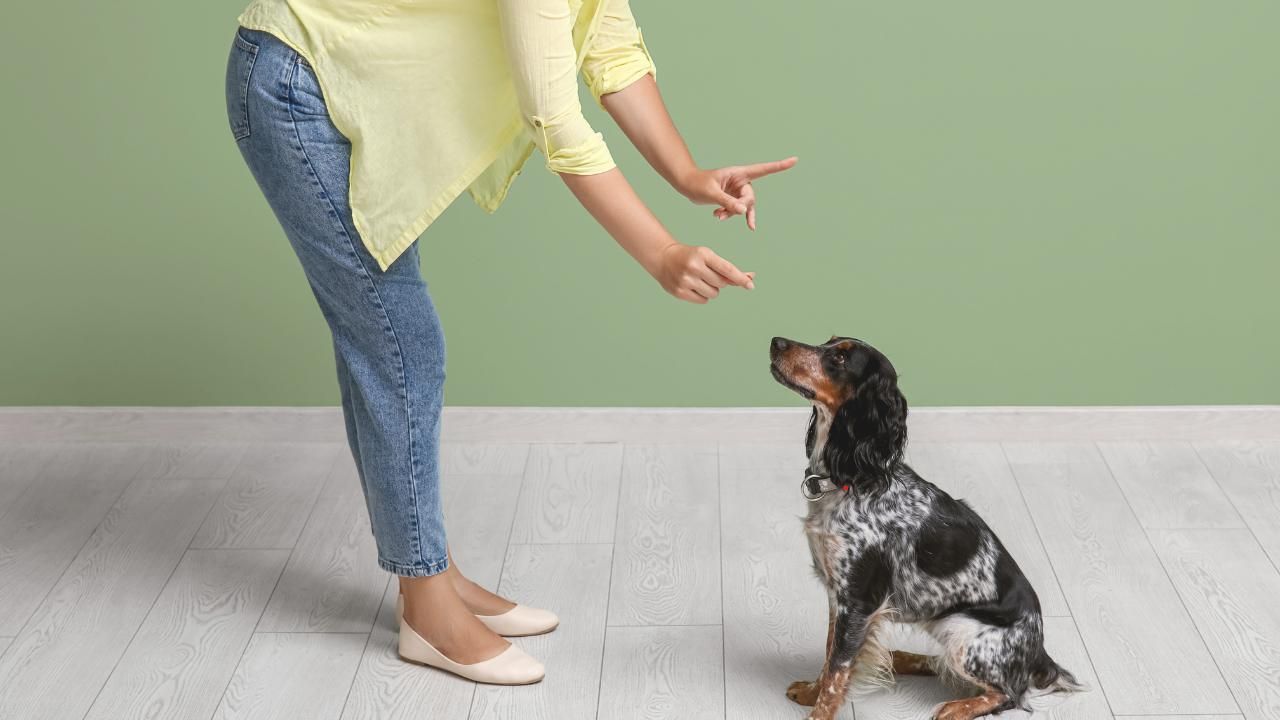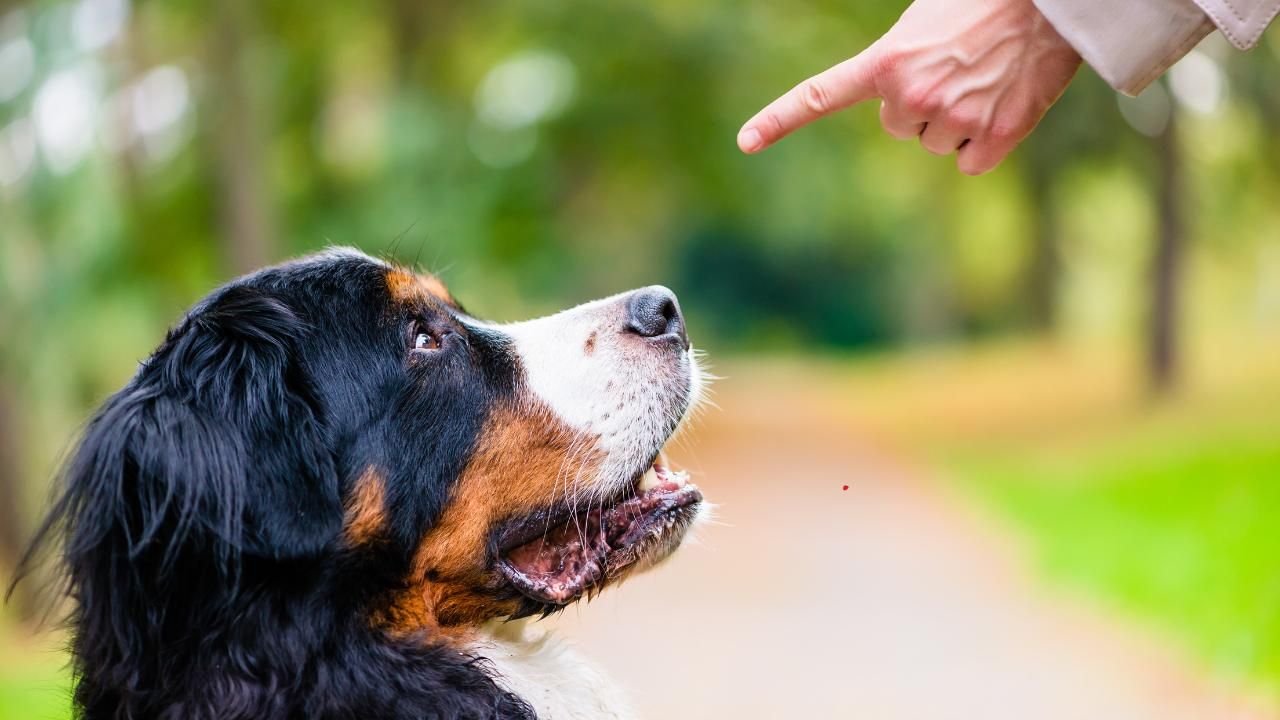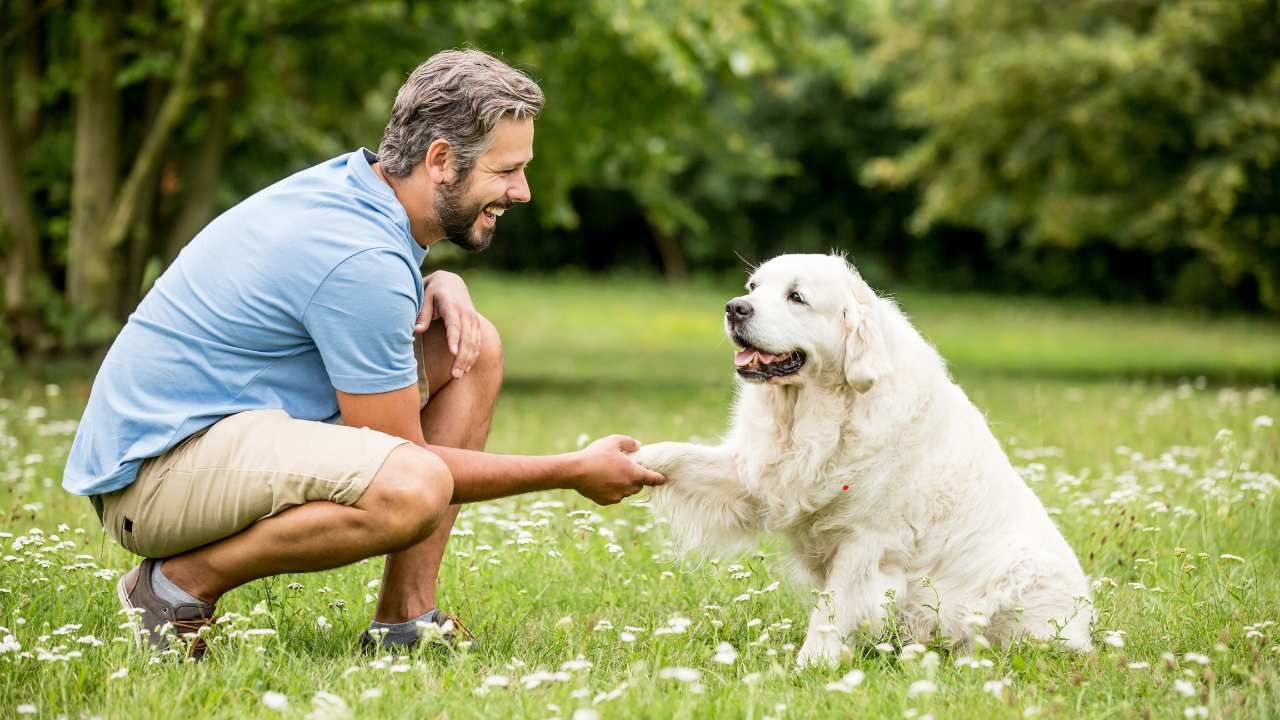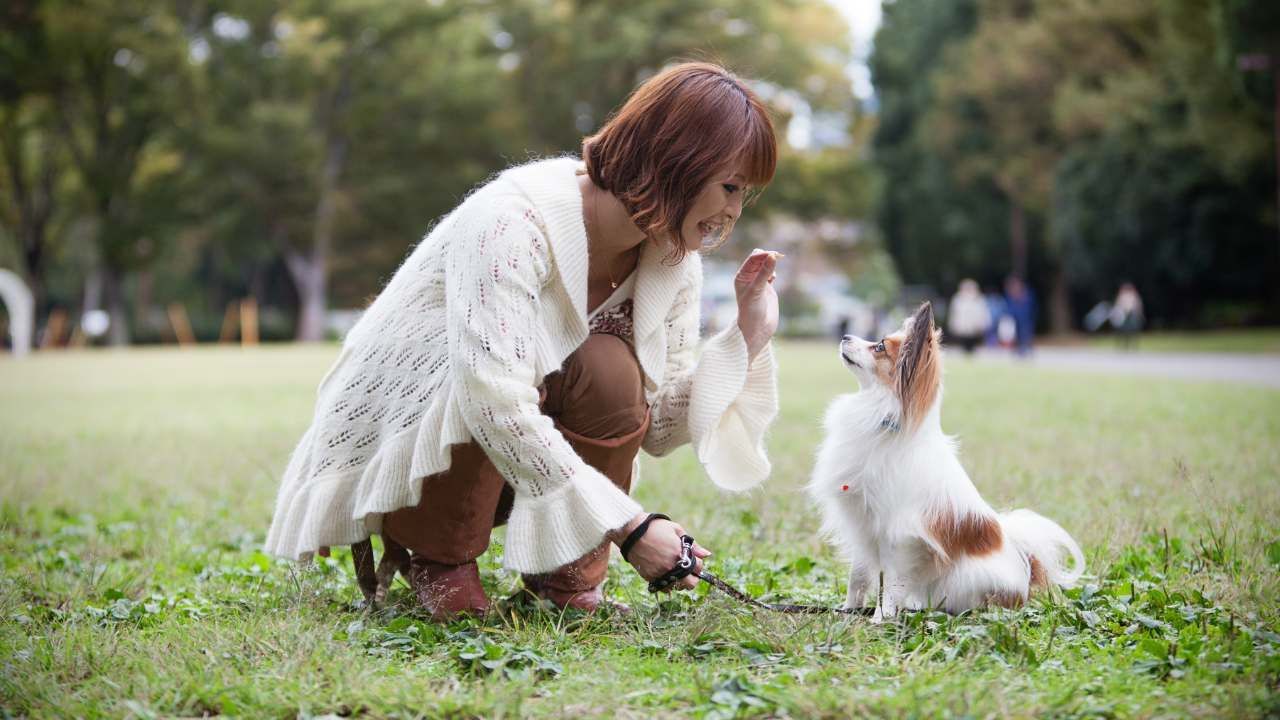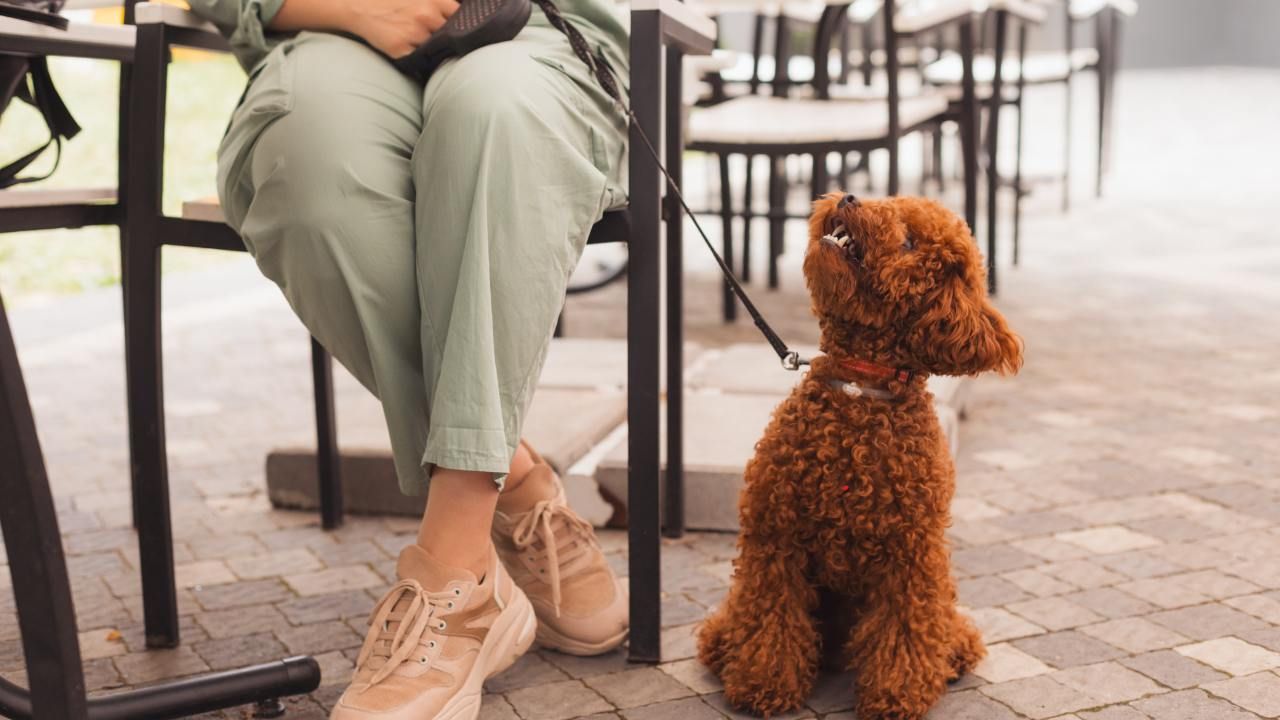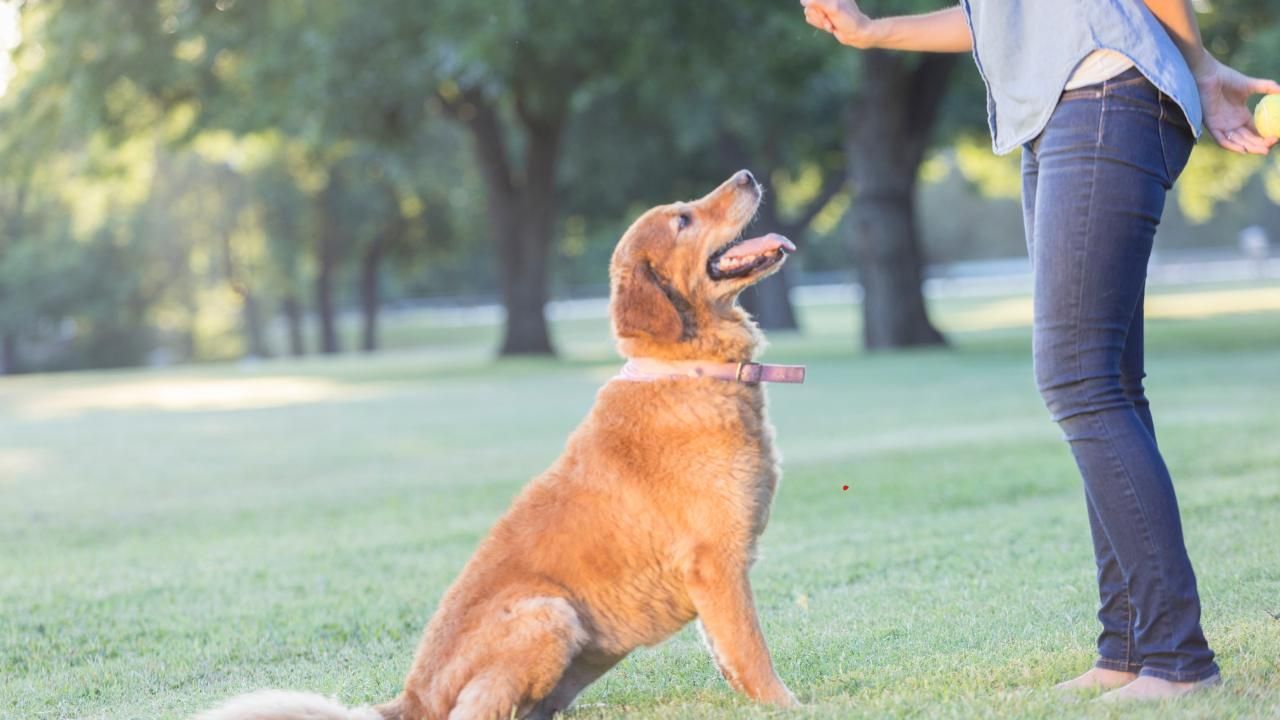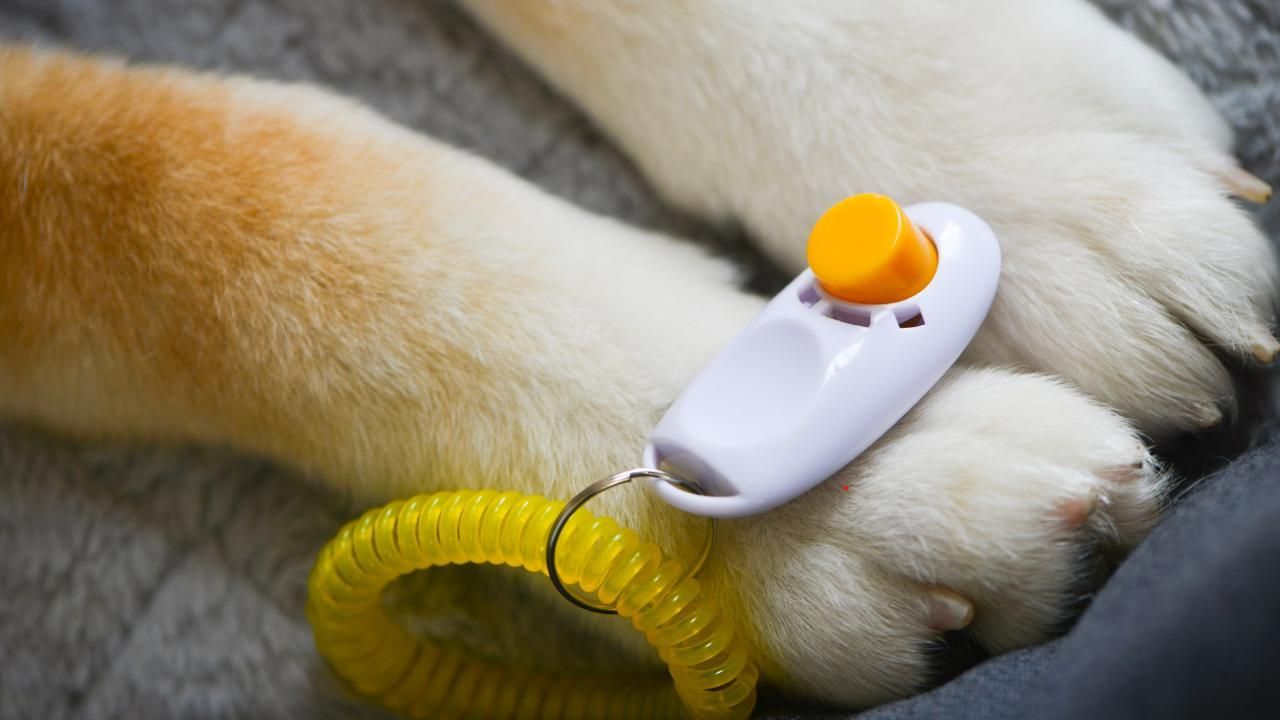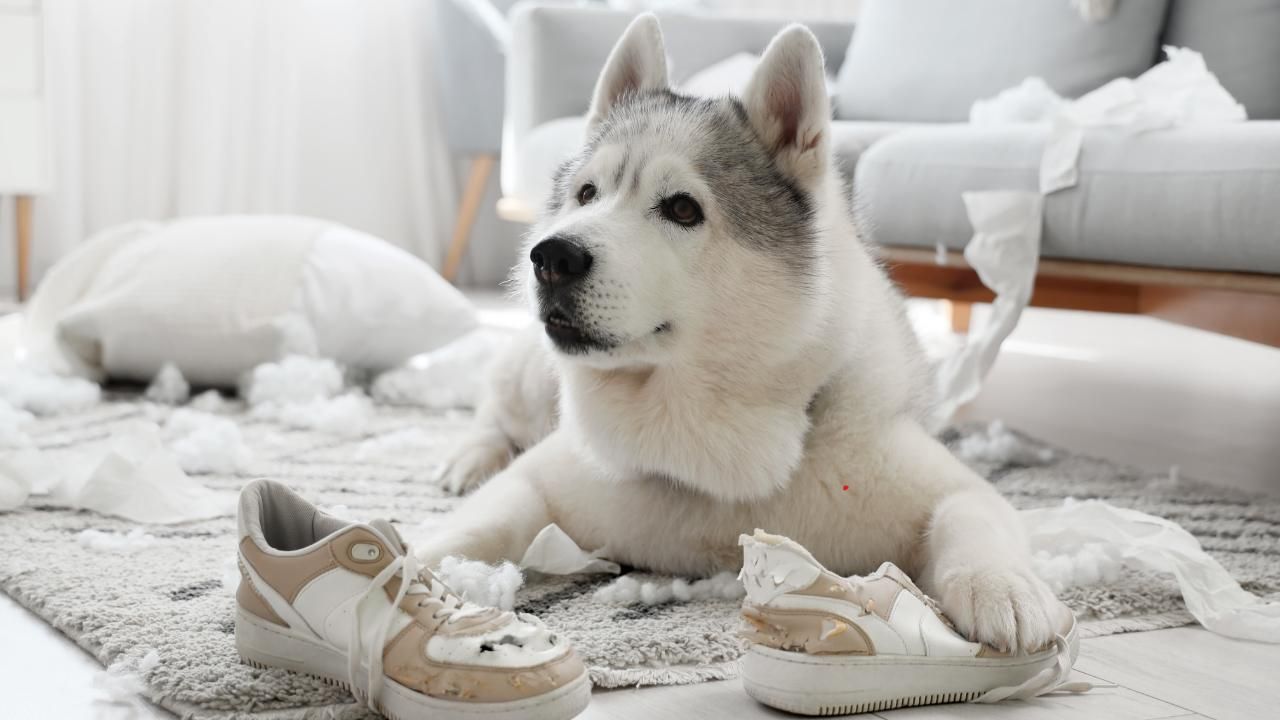How to Prevent Separation Anxiety in Puppies

Bringing home a new puppy is an exciting time, but it can also come with its share of challenges—especially when it comes to separation anxiety. That heart-wrenching whine, the chewed shoes, or even the scratch marks near the door are all signs your pup may be struggling when left alone.
But don’t worry—separation anxiety isn’t inevitable. With a little patience and the right approach, you can raise a confident, independent dog who’s happy even when you're not around.
Why Puppies Experience Separation Anxiety
Puppies are naturally social animals. In the wild, they’re never far from the pack. So when a young pup suddenly finds itself alone in a new environment without mom or littermates, anxiety can kick in fast.
Common causes include:
- Early weaning or sudden changes in environment
- Lack of gradual alone-time training
- Over-attachment due to constant companionship
- Traumatic events such as being rehomed multiple times
Understanding these triggers is the first step in helping your puppy adjust.
Start with Short Goodbyes
You don’t need to leave the house for eight hours to begin training. In fact, it’s better to ease into it. Start by walking into another room for a few minutes and gradually increase the time you’re away.
Here are some simple ways to begin:
- Practice short departures several times a day
- Avoid emotional hellos and goodbyes—keep it calm and low-key
- Reward your puppy only after they’ve remained calm while you were away
Over time, your puppy will begin to understand that you always come back—and that being alone isn’t scary.
Create a Safe, Happy Space
Whether it’s a cozy crate or a puppy-proofed room, having a consistent spot where your pup feels secure can make all the difference. This space should include:
- A soft bed or blanket that smells like you
- Chew toys and food puzzles for mental stimulation
- Calming background noise like soft music or white noise
Pro tip: Never use the crate as punishment. It should feel like a den, not a jail.
Build Confidence Through Independence
While cuddles and companionship are essential, so is teaching your puppy how to entertain themselves. Encourage short play sessions alone by:
- Giving them a frozen Kong or treat-stuffed toy
- Practicing “place” training to teach them to settle independently
- Gradually increasing the time they spend in their safe space without you
Independence doesn’t mean you love them any less—it means you’re helping them grow into a well-adjusted dog.
Stick to a Routine
Puppies thrive on routine. A predictable schedule for feeding, potty breaks, naps, and playtime builds trust and lowers anxiety. They learn what to expect—and when to expect you back.
Don’t forget exercise. A tired puppy is a happy puppy. Physical activity and brain games help burn off nervous energy and prevent boredom-driven anxiety.
Case Study: From Clingy to Confident
One Arizona family recently adopted a poodle from Doodling Pups, LLC. At first, their new pup barked excessively whenever left alone. But with a combination of crate training, puzzle toys, and a consistent routine, she grew into a calm and content companion. By the time she turned six months old, she was happily snoozing during her owners’ work hours—no whining, no stress.
They found her through a trusted local breeder listing poodle puppies for sale in Arizona, and chose her from one of the current litters after meeting several pups and observing their temperament.
Final Thoughts
Preventing separation anxiety is all about balance—love, structure, and gradual exposure to alone time. The earlier you start, the better the outcome for both you and your pup. Remember, it’s not about avoiding all stress, but about teaching your puppy how to handle it.
Ready to bring home a puppy and start their journey the right way? Make sure to choose a responsible dog breeder that supports early socialization and confidence-building. Contact us today.

